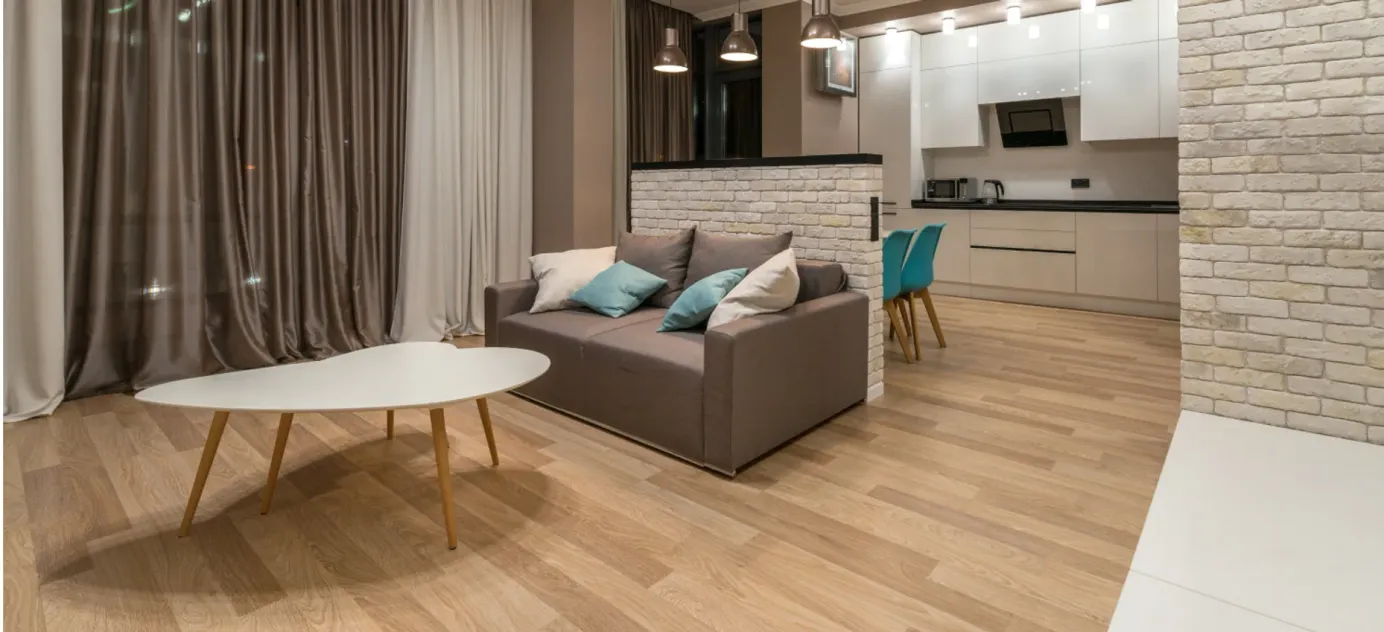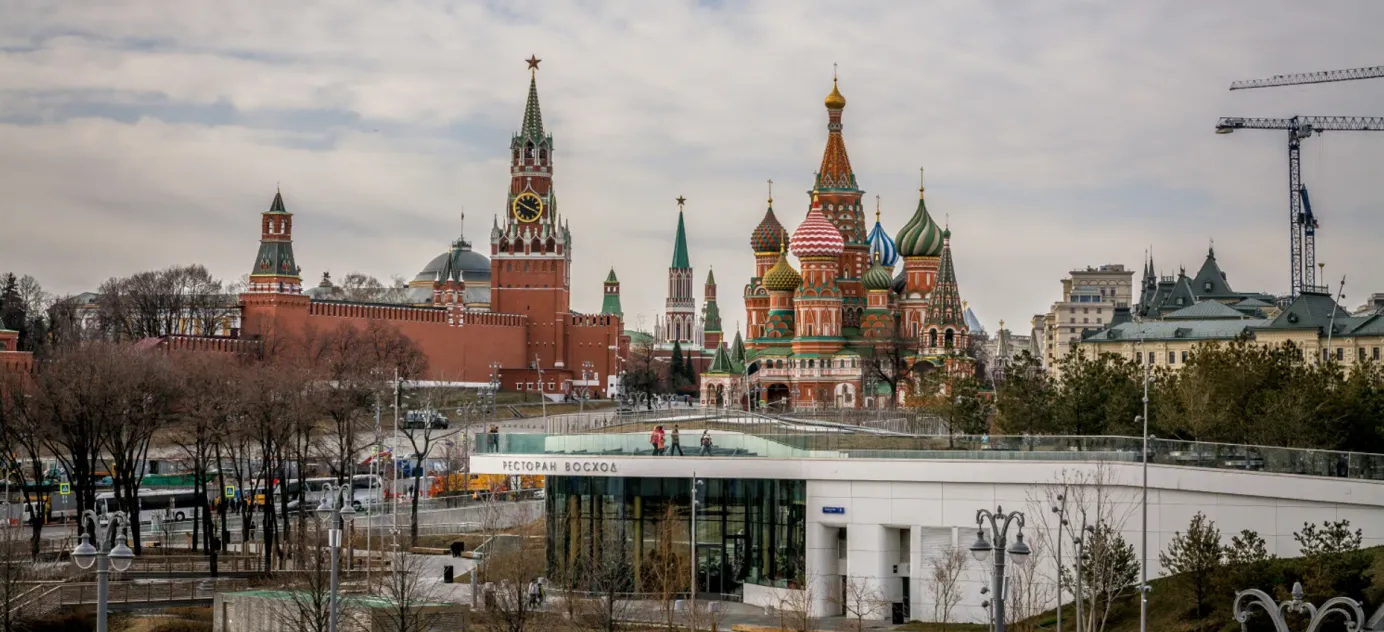
Russia ends subsidized mortgages, leaving a housing bubble and inequality behind
On July 1, Russia halted its preferential mortgage program after awarding loans to millions of people at interest rates of up to 8% — half the Central Bank’s current base rate. The program was first introduced to support the real estate market during the Covid pandemic, but ultimately proved hugely popular among home buyers and was repeatedly extended. The relatively cheap money inflated a property bubble that has seen house prices double and increased inequality to such an extent that even President Vladimir Putin started to worry.
- A program of state-subsidized mortgages at generous interest rates was launched in April 2020 at the height of Russia’s Covid lockdown. At the time, it seemed that intervention was needed to save the real estate market from collapse. There were few restrictions initially — a modest downpayment, a generous maximum purchase price and limited to new-build apartments. The scheme was set to run for a year, but a combination of lobbying from the construction industry and political necessity saw it extended for four. In total, 1.5 million loans worth a total of 6 trillion rubles (about $75 billion at the average exchange rate over the program) were issued.
- Over time, the program moved further and further away from market rates. When it was introduced, the Central Bank rate was 4.5% and loans were offered at 6.5%. After the invasion of Ukraine, Russia’s interest rate climbed rapidly: in 2022 the average rate was 10.6%, in 2023 it was 9.9%. In 2024, analysts predict an average rate of 15.9%. Despite this, the state-backed mortgage rate remained artificially low at 8%.
- The program was a major contributor to Russia’s economy. For example, in 2023, about 29 trillion rubles of loans were issued in total (1, 2) — of which 4.7 trillion was preferential mortgages. In other words, without considering any other forms of subsidized borrowing, a sixth of all new loans were issued below market rates. That’s partly why the Central bank was the main opponent of the scheme — such a high level of non-market money hampered its ability to regulate the economy via interest rates, since rises have less of an impact in sapping demand.
- For consumers, the main side-effect was a massive rise in accommodation costs. While the program was in place, home prices went up 80%. The affordability of housing halved for anyone not accessing the scheme, Bloomberg calculated. “The subsidized mortgage program, intended to make housing more affordable, led to the opposite result and its main beneficiaries were developers,” concluded Alexander Isakov, Bloomberg’s chief economist for Russia and the CIS.
- Isakov noted that another unintended consequence was a rise in property inequality. This worried Putin so much that he chose to implement a progressive income tax. In effect, preferential mortgages were an additional tax on the poor: all Russian citizens funded the program through their taxes as the finance ministry paid out subsidies to the banks. However the only beneficiaries were those who could afford the initial deposit and subsequent loan payments, which became increasingly high as house prices, if not interest rates, rose.
Why the world should care
The fact that the preferential mortgage program is over at last represents more proof that the Kremlin and the government are capable of making sensible decisions regardless of lobbying and political necessity. However, when it comes to looking after its core support base — the military and workers in the defense sector – the state is coming up with targeted programs that nobody will attempt to cancel.





